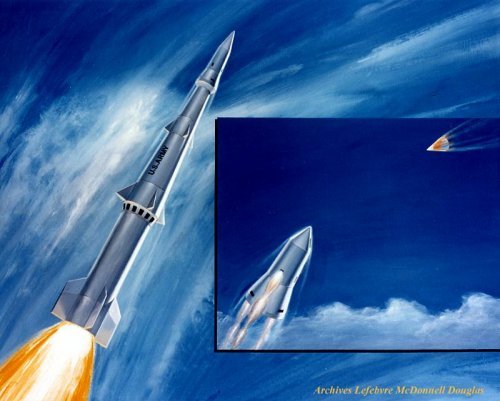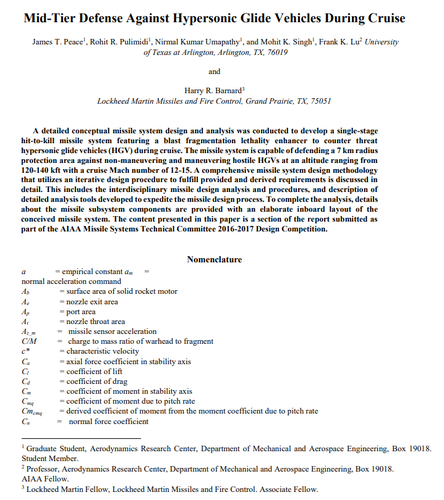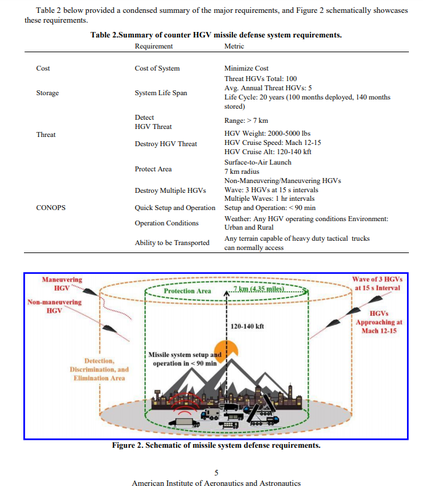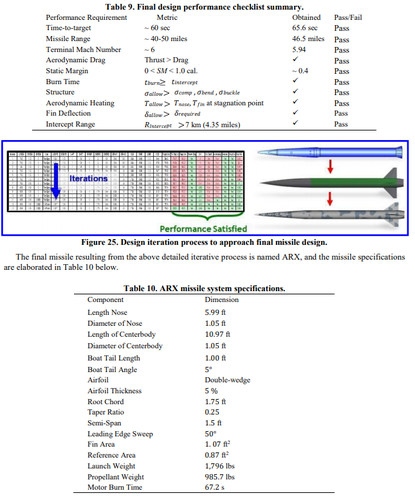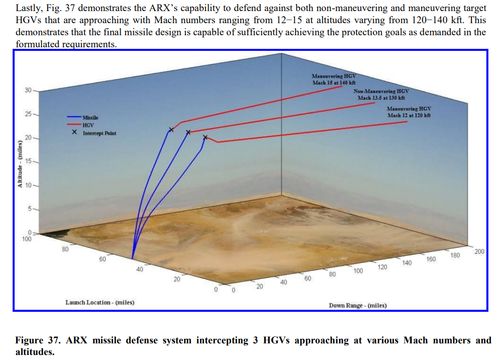- Joined
- 9 October 2009
- Messages
- 21,970
- Reaction score
- 13,619
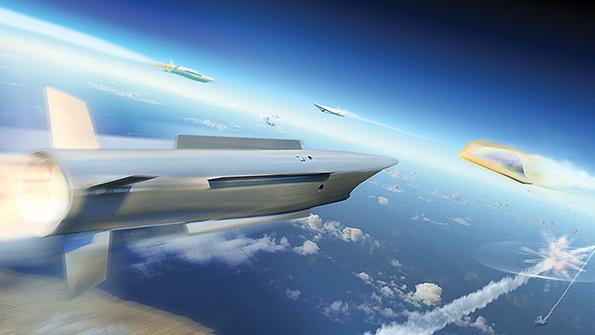
CAPTION: The complex nature of intercepting hypersonic weapons may predicate air-breathing propulsion technologies to provide additional range, speed and energy.
Credit: MBDA
European States Plan For Hypersonic Defense | Aviation Week Network
European countries want a counter to the hypersonic weapons being fielded by Russia and China.
The Timely Warning and Interception with Space-based TheatER surveillance (Twister) project, led by France and supported by Finland, Italy, the Netherlands and Spain, is one of 13 new multinational programs that were given the backing of the EU’s Permanent Structured Cooperation (PESCO) initiative in November. It says it aims to develop a European system that can “detect, track and counter” more complex missile threats and give member nations a “self-standing ability to contribute to NATO’s ballistic missile defense.”
Currently, only a handful of European nations can counter ballistic missiles, including European users of the Raytheon Patriot (Germany, Greece, the Netherlands and Spain), as well as France and Italy with the Eurosam SAMP/T. But none of those systems is ready to deal with the new generation of threats emerging from Russia and China, including hypersonic gliders, hypersonic and high-supersonic cruise missiles, and maneuverable next-generation combat aircraft.
“We have seen the hypersonic threat coming,” says Rainer Stockhammer, team leader for Twister at European missile manufacturer MBDA. “Over the last five years we have performed studies into these new threats, which are new in terms of both novelty and maneuverability, and now we are in a position to answer this PESCO call.”
MBDA is now positioning itself for a role in developing the endoatmospheric interceptor that could be the backbone of the wider Twister system in the 2030s, describing the future system as “disruptive” and “technologically demanding.”
The company will not discuss what architecture it is studying for the future interceptor, but Stockhammer says MBDA’s experience with the Aster family of vertically launched surface-to-air missiles and the Meteor air-breathing, beyond-visual-range air-to-air missile has given it a “good position . . . to be able to develop a solution.”
The company’s artist’s impression depicts a missile clearly equipped with air intakes, which would suggest the use of a ramjet like on the Meteor.
Use of a ramjet would provide not only more range and speed, but also more energy in the final stages of an engagement to maneuver against hypersonic gliders and other maneuverable reentry vehicles.
“We know what kind of accuracy and range we need from the sensing part,” says Stockhammer. “Now we will look at a way to manage the unpredictability and look at engagement planning. . . . This is where we are investing.”
MBDA has also been looking at the command-and-control mechanisms required for such a system and how it would interface with existing and future sensors.
Individual governments will ultimately decide how they will equip with the future interceptor, but MBDA expects it to arm ships and a ground-based air defense system, with the expectation the system may have to squeeze into existing launch boxes and vertical launch tubes on surface ships.
The interceptor will be just one component of Twister. The PESCO initiative also calls for space-based early warning, but no details have emerged about the European industry approach to this yet. PESCO and EDF rules call for cooperation between industry, particularly small and medium-size enterprises, as well as between member states.
Last edited:

